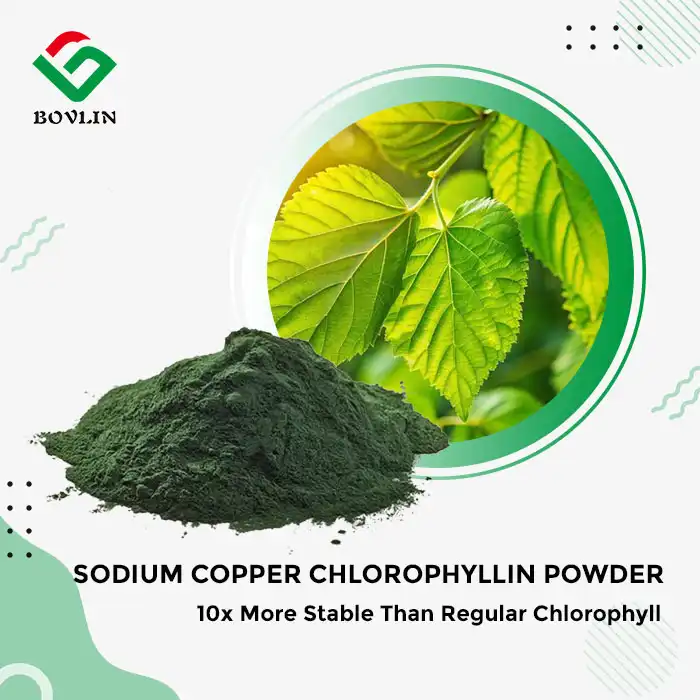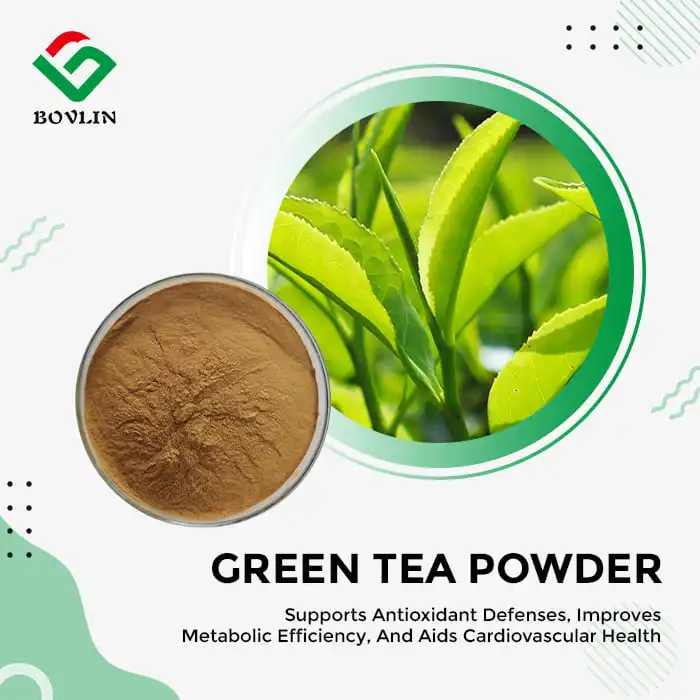Scientific Evidence Supporting the Benefits of Hydrolyzed Wheat Protein
Improved Digestibility and Bioavailability
Hydrolyzed wheat protein powder undergoes a process that breaks down complex protein molecules into smaller peptides. This transformation enhances its digestibility and bioavailability, making it easier for the body to absorb and utilize the protein efficiently. Research has shown that hydrolyzed proteins are absorbed more rapidly than intact proteins, potentially leading to faster recovery and improved muscle protein synthesis in various applications.
Antioxidant Properties
Studies have revealed that hydrolyzed wheat protein possesses antioxidant properties. These antioxidants play a crucial role in neutralizing harmful free radicals in the body, which can contribute to oxidative stress and cellular damage. The presence of these antioxidants makes hydrolyzed wheat protein a valuable ingredient in both nutritional and cosmetic applications, potentially offering protective benefits against various forms of environmental stress.
Enhanced Functional Properties
Scientific investigations have demonstrated that hydrolyzed wheat protein exhibits superior functional properties compared to its non-hydrolyzed counterpart. These properties include improved solubility, emulsification capabilities, and foaming stability. Such characteristics make hydrolyzed wheat protein an attractive option for food manufacturers seeking to enhance the texture, appearance, and shelf-life of their products without compromising nutritional value.
Nutritional and Cosmetic Applications of Hydrolyzed Wheat Protein
Food Industry Applications
In the food industry, hydrolyzed wheat protein powder serves as a versatile ingredient with multiple applications. It's commonly used as a protein fortifier in various food products, including baked goods, snacks, and protein bars. The wheat peptides contribute to improved texture and mouthfeel while boosting the protein content of these foods. Additionally, hydrolyzed wheat protein can act as an emulsifier, helping to stabilize food formulations and extend shelf life.
Cosmetic and Personal Care Uses
The cosmetic industry has embraced hydrolyzed wheat protein for its remarkable benefits in hair and skin care products. When used in hair care formulations, it can help strengthen hair strands, reduce breakage, and improve overall hair texture. In skincare, hydrolyzed wheat protein aids in moisture retention, potentially reducing the appearance of fine lines and wrinkles. Its film-forming properties make it an excellent ingredient in products designed to provide a protective barrier on the skin or hair.
Sports Nutrition and Dietary Supplements
Hydrolyzed wheat protein has gained traction in the sports nutrition and dietary supplement sectors. Its rapid absorption rate makes it an attractive option for post-workout recovery products. Manufacturers often incorporate wheat peptides into protein powders, ready-to-drink shakes, and nutritional bars targeting athletes and fitness enthusiasts. The balanced amino acid profile of hydrolyzed wheat protein contributes to its effectiveness in supporting muscle recovery and growth.

Potential Allergies and Sensitivities Related to Wheat Proteins
Wheat Allergies and Celiac Disease
While hydrolyzed wheat protein offers numerous benefits, it's crucial to consider potential allergies and sensitivities. Individuals with wheat allergies or celiac disease should avoid products containing hydrolyzed wheat protein. Even though the hydrolysis process breaks down proteins, it may not eliminate all allergenic components. Manufacturers must clearly label products containing wheat-derived ingredients to ensure consumer safety and compliance with food allergen labeling regulations.
Gluten Sensitivity Considerations
For those with non-celiac gluten sensitivity, the use of hydrolyzed wheat protein may still be a concern. While the hydrolysis process can reduce gluten content, it may not render the product entirely gluten-free. Individuals with gluten sensitivity should exercise caution and consult with healthcare professionals before consuming or using products containing hydrolyzed wheat protein. Manufacturers targeting gluten-sensitive consumers may need to explore alternative protein sources or ensure their hydrolyzed wheat protein meets strict gluten-free standards.
Cross-Reactivity with Other Grains
Some individuals allergic to wheat may experience cross-reactivity with other grains. This phenomenon occurs when the immune system recognizes proteins in different grains as similar to wheat proteins, triggering an allergic response. While hydrolyzed wheat protein is specifically derived from wheat, manufacturers need to be aware of potential cross-reactivity issues. Clear labeling and consumer education about the source of hydrolyzed proteins can help individuals make informed choices about product usage.
Conclusion
Hydrolyzed wheat protein powder offers a range of benefits for various industries, from food manufacturing to cosmetics. Its improved digestibility, antioxidant properties, and enhanced functional characteristics make it a valuable ingredient in many applications. However, manufacturers must consider potential allergies and sensitivities, particularly for individuals with wheat allergies or gluten sensitivities. By understanding both the advantages and limitations of hydrolyzed wheat protein, companies can make informed decisions about its use in their products, ensuring they meet consumer needs while prioritizing safety and efficacy.
Contact Us
For more information about our high-quality hydrolyzed wheat protein powder and other plant-based solutions, please contact us at sales1@bovlin.com. Our team of experts is ready to assist you in finding the perfect ingredient for your specific application needs.













